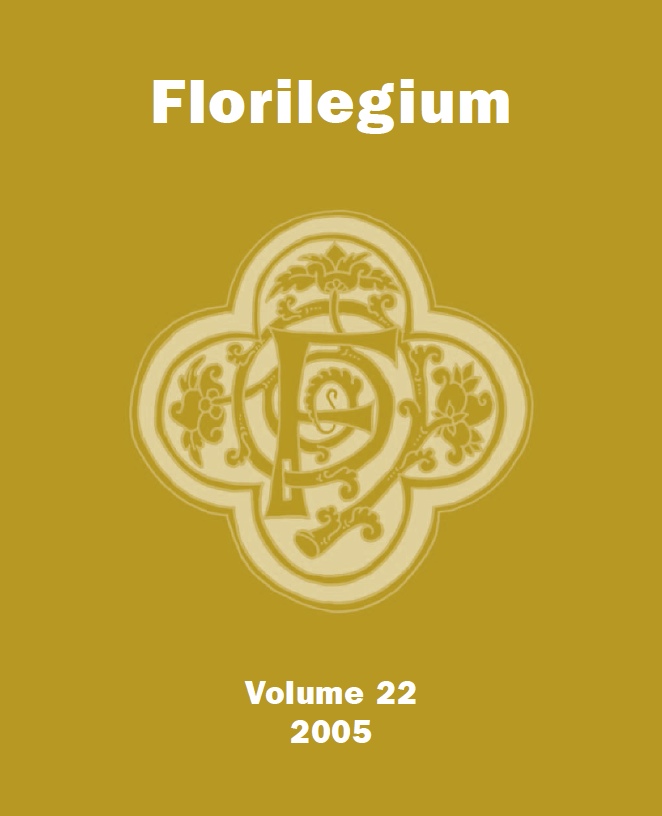Boccaccio's Decameron 6.10 and Chaucer's Canterbury Tales VI.287-968: Thinking on Your Feet and the Set-Piece
Résumé
Both Boccaccio, in his Decameron, and Chaucer, in The Canterbury Tales, place sermons delivered by highly skilled preachers very nearly at the centre of their story collections. Boccaccio's Fra Cipolla appears in Decameron 6.10 and Chaucer's Pardoner, in Canterbury Tales VI.287-968 ("The Pardoner's Prologue and Tale"). Boccaccio gives particular emphasis to the importance of his Cipolla by placing the master preacher in the last tale told on the sixth day of storytelling — the day when wit is the common theme of all ten tales. Chaucer's preacher appears in the tale preceding Fragment VII of the Canterbury Tales, wherein poetic language becomes a central theme. The coincidence of genre, character, theme, and placement between Boccaccio's Decameron 6.10 and Chaucer's Canterbury Tales VI.287-968 becomes especially interesting if there is even a chance that Chaucer knew the Decameron and its tale of Fra Cipolla.Téléchargements
Publié-e
2005-01-01
Comment citer
Heffernan, C. F. (2005). Boccaccio’s Decameron 6.10 and Chaucer’s Canterbury Tales VI.287-968: Thinking on Your Feet and the Set-Piece. Florilegium, 22, 105–120. Consulté à l’adresse https://journals.lib.unb.ca/index.php/flor/article/view/12518
Numéro
Rubrique
Articles



